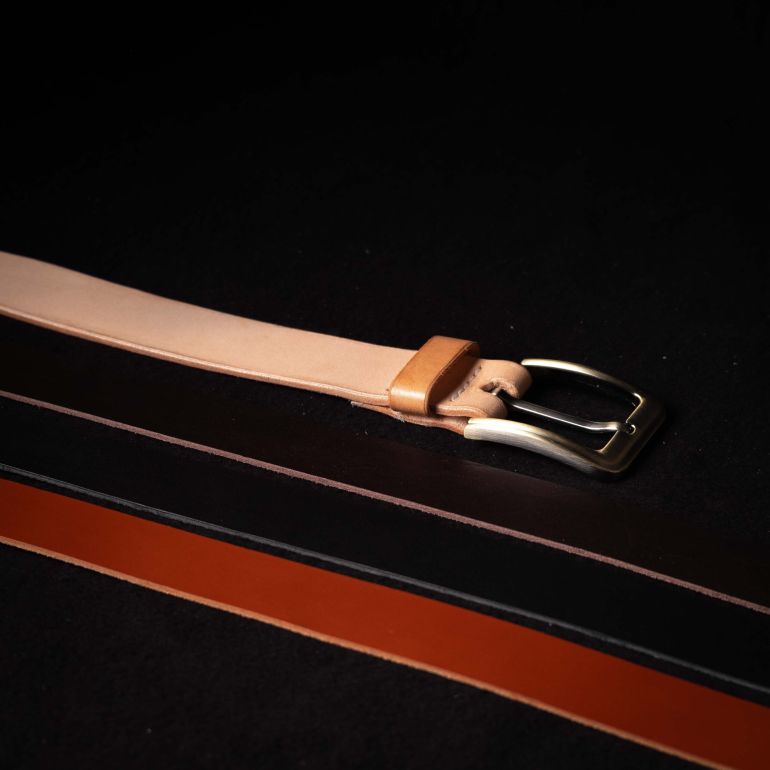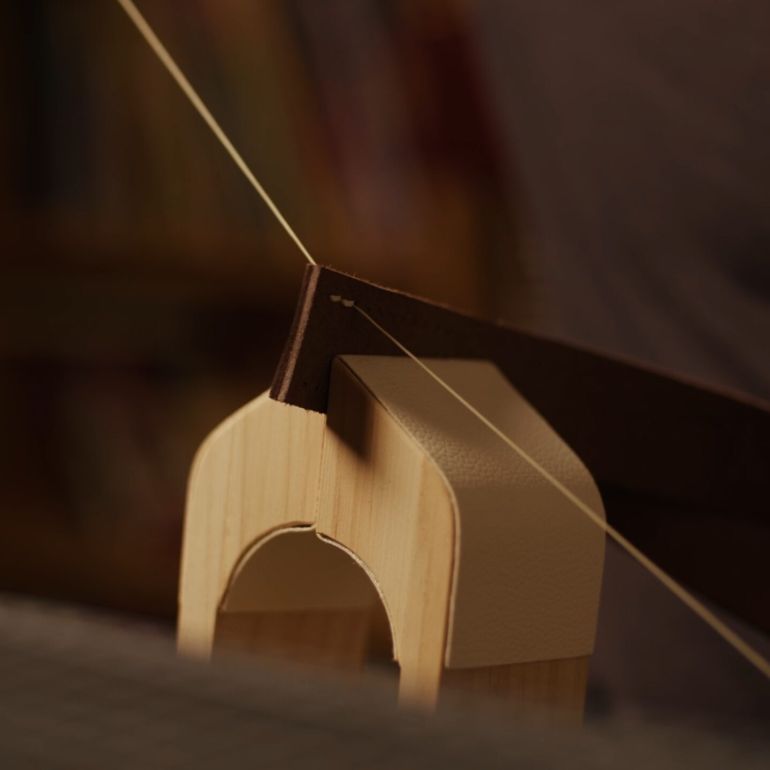
How to Maintain and Care for Your Leather Goods
Introduction
Leather is a durable and luxurious material, but it requires proper care to maintain its quality and longevity. Whether it’s a weightlifting belt, wallet, or bag, regular maintenance helps prevent cracking, fading, and drying out. Understanding how to clean, condition, and store leather properly will ensure your investment lasts for years.
In this guide, we’ll walk you through essential leather care tips, including cleaning, conditioning, and storage techniques.
1. Understanding Leather’s Natural Properties
Leather is a natural material that evolves over time. As it ages, it develops a unique patina that enhances its character. However, without proper care, leather can dry out, absorb stains, and lose its original appearance.
To maintain leather effectively, you need to protect it from excessive moisture, direct sunlight, and harsh chemicals. Let’s dive into the key steps for proper leather maintenance.
2. Cleaning Leather Properly
Regular cleaning prevents dirt and oils from accumulating, which can weaken leather over time.
How to Clean Leather:
- Dust Off – Use a soft, dry cloth or a brush to remove surface dust and debris.
- Use a Mild Cleaner – Dampen a cloth with lukewarm water and apply a leather-specific cleaner or mild soap.
- Gently Wipe – Avoid scrubbing; instead, wipe the leather gently in circular motions.
- Remove Excess Moisture – Use a dry cloth to absorb any leftover moisture.
- Air Dry – Let the leather dry naturally at room temperature, away from direct heat or sunlight.
Avoid:
- Using harsh detergents, alcohol, or household cleaners.
- Submerging leather in water, as it can cause warping and drying.
3. Conditioning Leather to Prevent Drying
Leather needs moisture to stay soft and flexible. Without conditioning, it can become stiff and prone to cracking.
How to Condition Leather:
- Choose a Leather Conditioner – Use a high-quality, natural conditioner (e.g., neatsfoot oil, mink oil, or beeswax-based products).
- Apply a Small Amount – Use a soft cloth to apply a thin, even layer of conditioner.
- Let It Absorb – Allow the leather to absorb the conditioner for a few hours or overnight.
- Buff with a Clean Cloth – Gently polish the leather to restore its shine.
Frequency:
- Condition leather every 3 to 6 months, depending on usage and climate.
- If exposed to harsh weather, condition more frequently.
4. Protecting Leather from Damage
Preventative care helps extend the life of leather products.
Tips to Protect Leather:
- Keep Leather Dry – If leather gets wet, pat it dry immediately and let it air dry.
- Avoid Direct Sunlight – Prolonged exposure can cause fading and drying.
- Store Properly – When not in use, keep leather goods in a cool, dry place.
- Use a Leather Protector – Apply a water-repellent spray to protect against moisture and stains.
- Handle with Clean Hands – Natural oils and dirt from hands can affect leather over time.
5. Proper Storage for Leather Goods
How you store your leather items plays a significant role in their longevity.
Best Storage Practices:
- Use a Dust Bag or Cloth Wrap – Prevents dust buildup and scratches.
- Keep in a Cool, Dry Place – Avoid humid areas to prevent mold and mildew.
- Maintain Proper Shape – Use stuffing (like tissue paper) to retain the shape of bags and belts.
- Avoid Plastic Bags – Leather needs to breathe, so avoid sealing it in airtight containers.
6. Dealing with Common Leather Issues
Even with proper care, leather can sometimes develop issues. Here’s how to address them:
Removing Stains:
- Water Stains – Blot with a dry cloth and let air dry.
- Ink Stains – Dab gently with rubbing alcohol on a cotton swab.
- Oil Stains – Sprinkle cornstarch or baking soda and let it absorb the oil overnight before brushing it off.
Fixing Scratches:
- Gently rub the scratch with your finger to blend the oils.
- Apply a small amount of leather conditioner and buff it in.
- For deeper scratches, use a leather repair kit.
Preventing Cracks and Peeling:
- Keep leather hydrated with regular conditioning.
- Avoid exposing leather to extreme temperature changes.
Conclusion: Long-Term Care for Leather Goods
Proper maintenance is key to preserving the beauty and durability of your leather items. Regular cleaning, conditioning, and proper storage will ensure your weightlifting belts, wallets, and bags remain in top condition for years to come.
By following these care tips, you can protect your investment and enjoy the timeless appeal of high-quality leather products.
Looking for premium handcrafted leather goods? Explore our collection and experience the durability and elegance of expertly crafted leather items!



